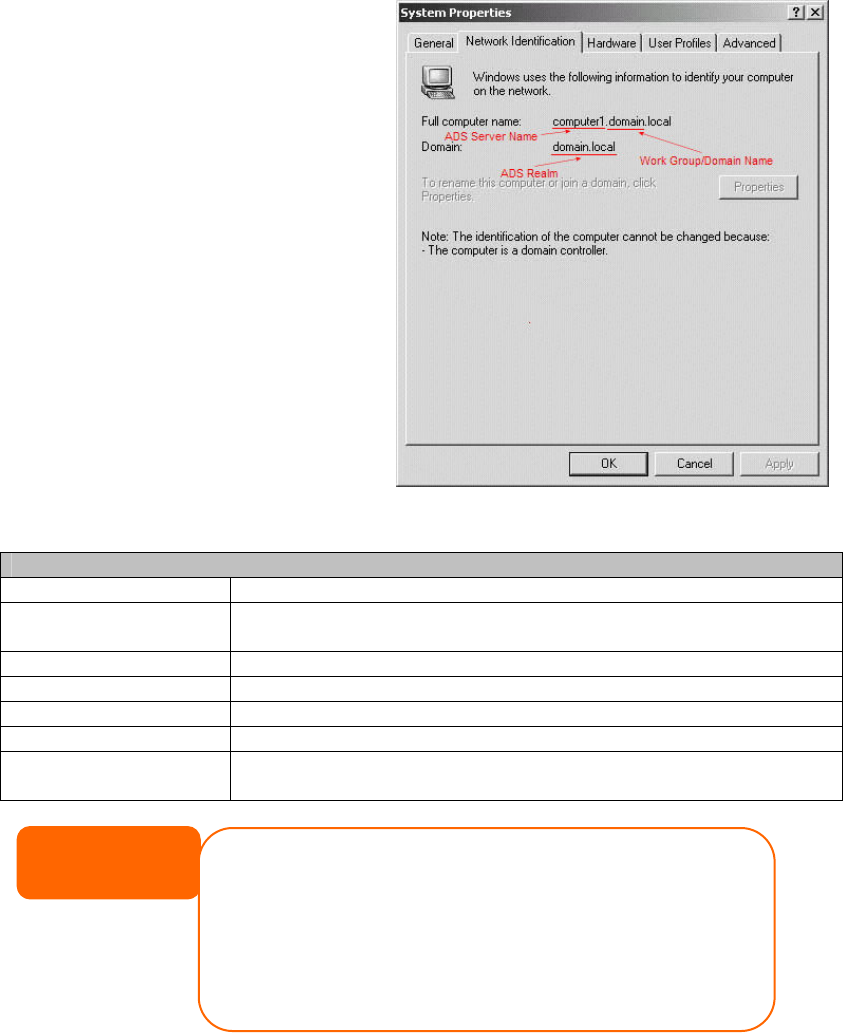User`s manual
Table Of Contents
- Copyright and Trademark Notice
- About This Manual
- Limited Warranty
- Safety Warnings
- Table of Contents
- Chapter 1: Introduction
- Chapter 2: Hardware Installation
- Chapter 3: First Time Setup
- Chapter 4: System Administration
- Overview
- Web Administration Interface
- Language Selection
- System Information
- System Management
- System Network
- FTP
- Media Server
- HTTP/ Web Disk
- UPnP
- Nsync Target
- Bonjour Setting
- Storage Management
- User and Group Authentication
- Application Server
- iTunes® Server
- Module Management
- Module Installation
- System Module
- User Module
- Backup
- Chapter 5: Using the N7700SAS
- Chapter 6: Tips and Tricks
- Chapter 7: Troubleshooting
- Chapter 8: Revision updated (FW 3.00.03 to 3.00.04)
- Chapter 9: Revision updated up to FW 3.00.08
- Chapter 10: Version 3.01.00 Firmware Updates
- Appendix A: Product Specifications
- Appendix B: Customer Support
- Appendix C: RAID Basics
- Appendix D: Active Directory Basics
- Appendix E: Licensing Information

To join an AD domain, you can refer
the figure and use the example below
to configure the N7700SAS for
associated filed input:
AD Domain Example
Item Information
Work Group / Domain
Name
domain
ADS Support Enable
ADS Server Name Computer1
ADS/NT Realm Domain.local
Administrator ID Administrator
Administrator
Password
***********
NOTE
• The DNS server specified in the WAN configuration page should be able to
correctly resolve the ADS server name.
• The time zone setting between N7700SAS and ADS should be identical.
• The system time difference between N7700SAS and ADS should be less
than five minutes.
• The Administrator Password field is for the password of ADS (Active
Directory Server) not N7700SAS.
Local User Configuration
From the Accounts menu, choose the User item, and the Local User
Configuration screen appears. This screen allows you to Add, Edit, and Remove
local users.
82










